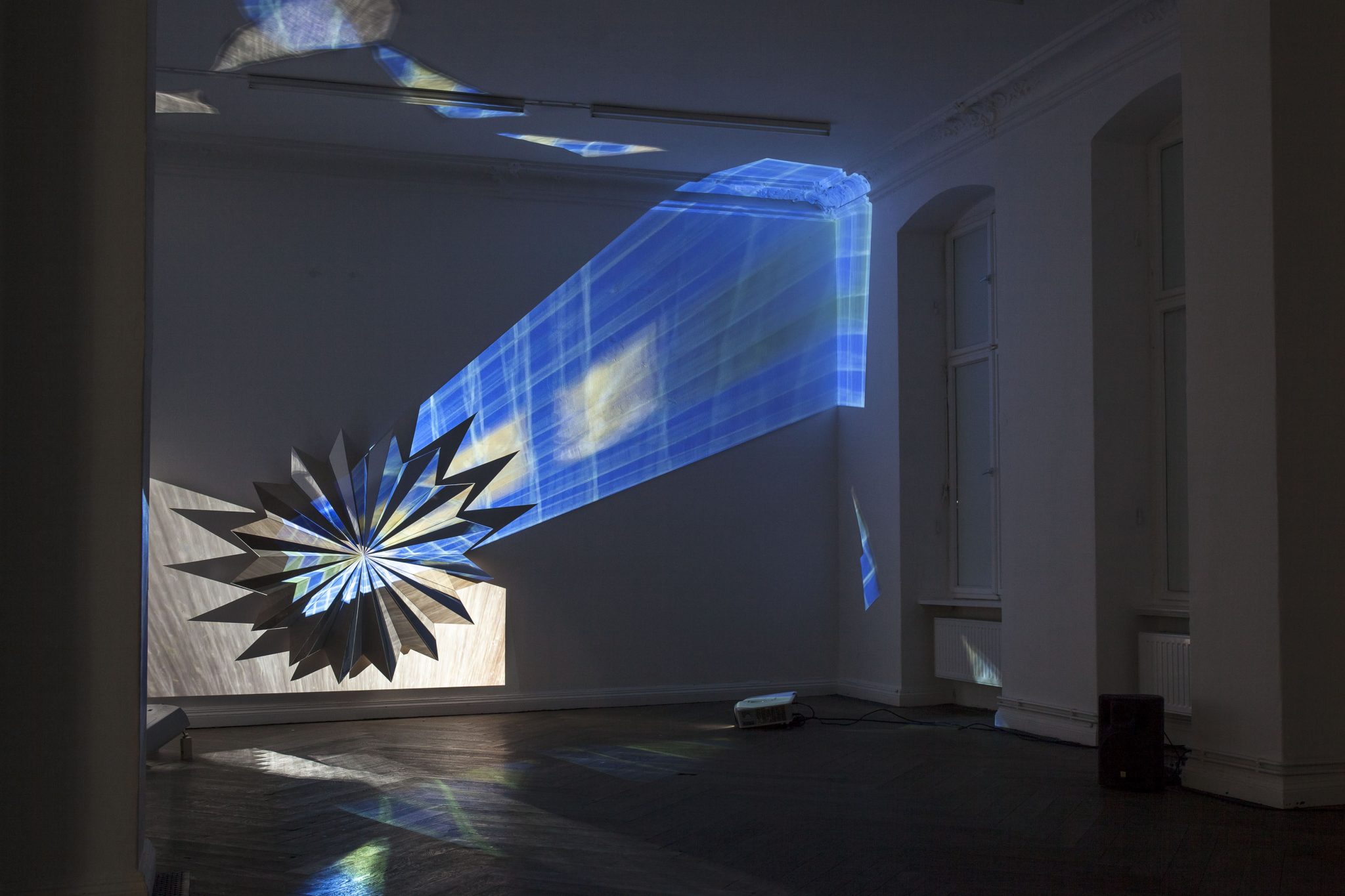From an outdoor public commission in London to an exhibition based on art critic Carla Lonzi’s book Autoritratto and Danh Vo’s solo show in Tokyo, our editors on what they’re looking forward to this month
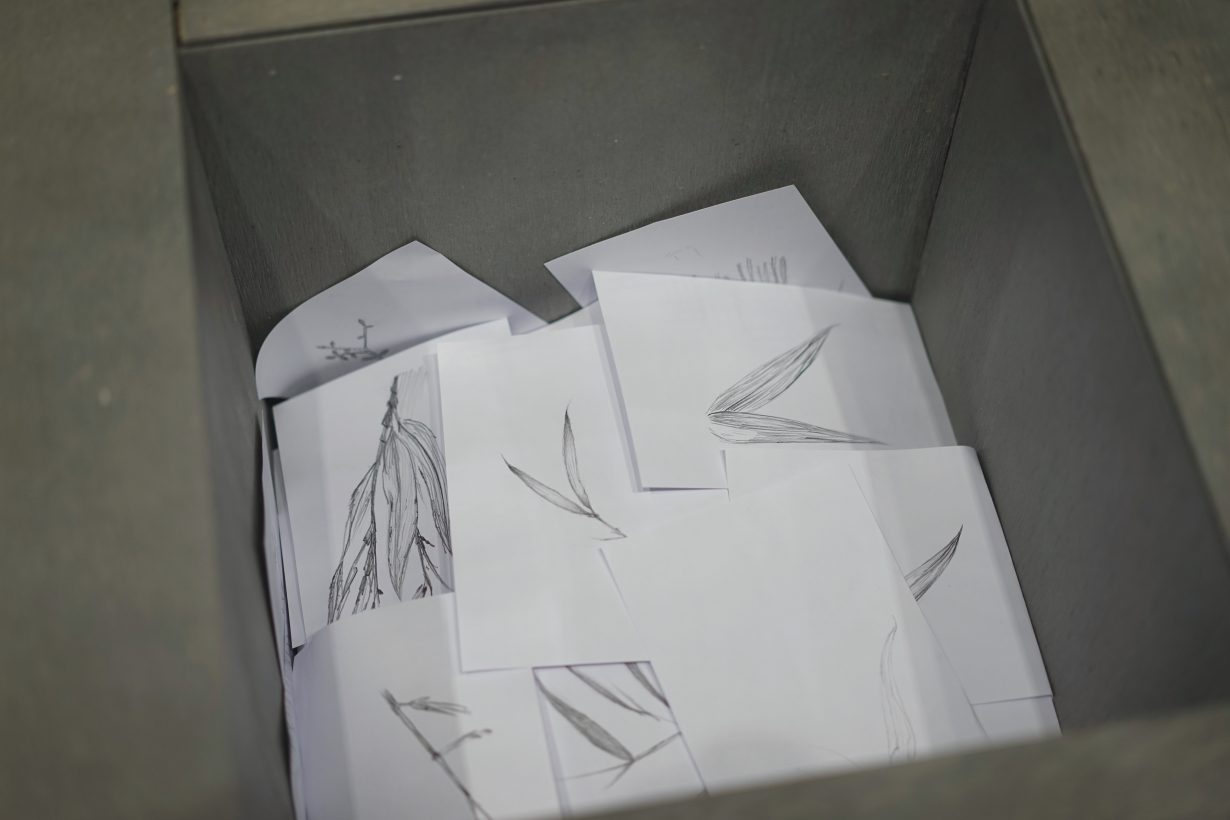
Zheng Bo: Bamboo As Method
Somerset House, London, 22 February–28 April
For their new commission at Somerset House, Zheng Bo will create a garden of 300 locally sourced bamboos. This evergreen, perennial grass (giant bamboo being the largest amongst the Poaceae family) can grow up to 910mm within 24 hours; its rhizomatic spreads make it an unruly and invasive species able to claim abandoned lands, disrupt tarmac and pavements, and cause architectural damage. But the resilient plant also denotes righteousness and peacefulness in Confucian culture, and Bamboo as Method 格竹 comes from a Ming Era (1368–1644) anecdote in which neo-confucian thinker Wang Yangming went into a bamboo forest to ponder the essence of the saintly plant and the way to embody it (after spending seven days there, he concluded that it was very hard). At Somerset House, visitors will be encouraged to spend time observing the unique characters of individual bamboo leaves and sketching them on biodegradable paper, and the resulting drawings will go back to the soil after being composted into fertiliser. It is a method in which a meditative creativity will participate in the larger cycle of ecological renewal and coexistence. Yuwen Jiang
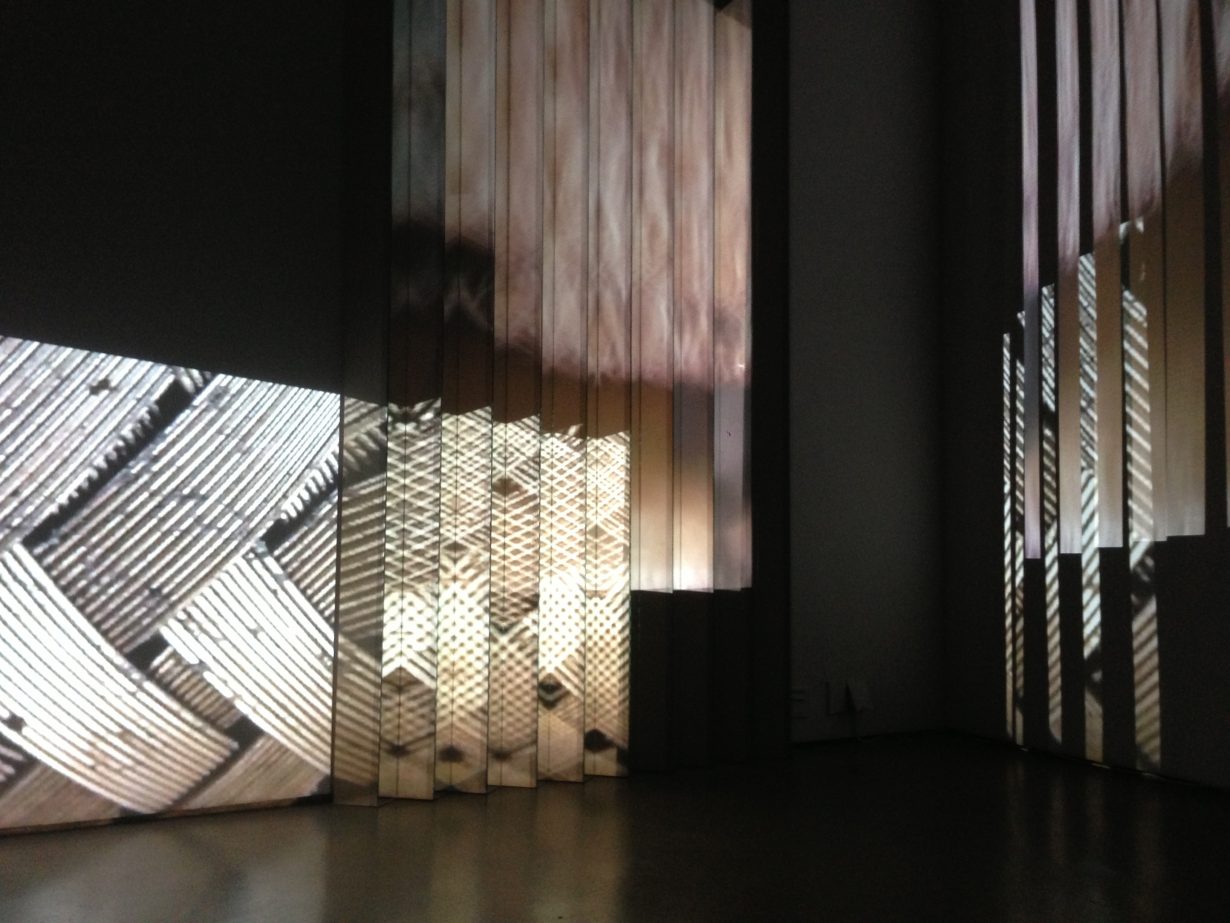
Laura Buckley: Painting with Light
Galway Arts Centre, 10 February–30 March
After her death in 2022, the Irish artist Laura Buckley left a back catalogue of multimedia work that explored the possibilities of light, technological glitch and sensory stimulation. Buckley sought to push the projectors, scanners, cameras and other such machines she used to their limit, with works ranging from gallery-filling installations to abstract wall works. Her art was never austere, however, as this posthumous retrospective, held in her hometown and curated by Eamonn Maxwell, promises to demonstrate. Projected onto a concertinaed mirror sculpture, Attract/Repel (2016) is divided into two chapters, the first collaging seductive motifs of wellbeing and relaxation – close-up shots of smoothies being mixed, evocative details of health spas and swimming pools, the spray of a shower glinting in the light – before the emotional resonance is ratcheted up with a montage of far darker imagery and uncomfortable sound. While she collaborated throughout her career – including with artists Haroon Mirza, Dan Coopey and the bands Plaid and New Young Pony Club – her most fruitful work was often made in the company of her then-young daughters, whose voices and images, heavily abstracted, invariably featured, add a layer of familial intimacy to the formal innovation. Oliver Basciano

Deutsche Börse Photography Foundation Prize 2024
The Photographers’ Gallery, London, 23 February–2 June
The other day, a friend working on the arts desk of another media company asked me whether I had a ‘hot take’ on this year’s Deutsche Börse Prize shortlist. Obviously I wasn’t about to tell him my thoughts, because although we’re not exactly rival publications, my ideas aren’t for free. Besides, his audience and ArtReview’s are a little different. We did, however, end up having a lively conversation, during which he puffed about works by artists who are shortlisted for prizes always having to be about an ‘issue’, or ‘some conceptual mumbo jumbo’. He’s not even a photography purist. He just likes an argument. And I agree with him, in part, about the high concept stuff (if the idea behind the art can only be grasped via a press release, something’s gone wrong). But I also think the format of prizes and their accompanying exhibitions can provide a useful platform for highlighting ‘issues’ like, say, feminism, colonialism, Indigenous traditions, race, politics and war. (Yes, friend, I know what you’d say to that: ‘What’s the point, it’s all a woke echo chamber, anyway.’) To steal a thought from Susan Sontag’s 2003 extended essay, Regarding the Pain of Others, perhaps exhibitions like the one attached to the Deutsche Börse Prize offer a perspective that uses visual culture as a means of storytelling that counters the general desensitising effect of endless news feeds.
I’m pretty certain this year’s edition of the photography prize will live up to that. Presenting work by VALIE EXPORT, whose five-decade influential feminist practice has consistently challenged heteronormative values via photography and performance; Gauri Gill and Rajesh Vangad’s collaborative project Fields of Sight (2013–ongoing), which combines photography and intricate drawings in the Warli tradition, addressing Indigenous culture, decolonisation and environmental destruction in India; selected work from Lebohang Kganye’s exhibition Haufi nyana? I’ve come to take you home (at Foam, Amsterdam, 2022), which looks at Apartheid and colonialism in Johannesburg through the lens of personal and shared oral histories; and work from Hrair Sarkissian’s Last Seen (2018–2021), a series which represents people who have gone missing during global conflicts, their absences marked by the empty spaces they once occupied. Fi Churchman
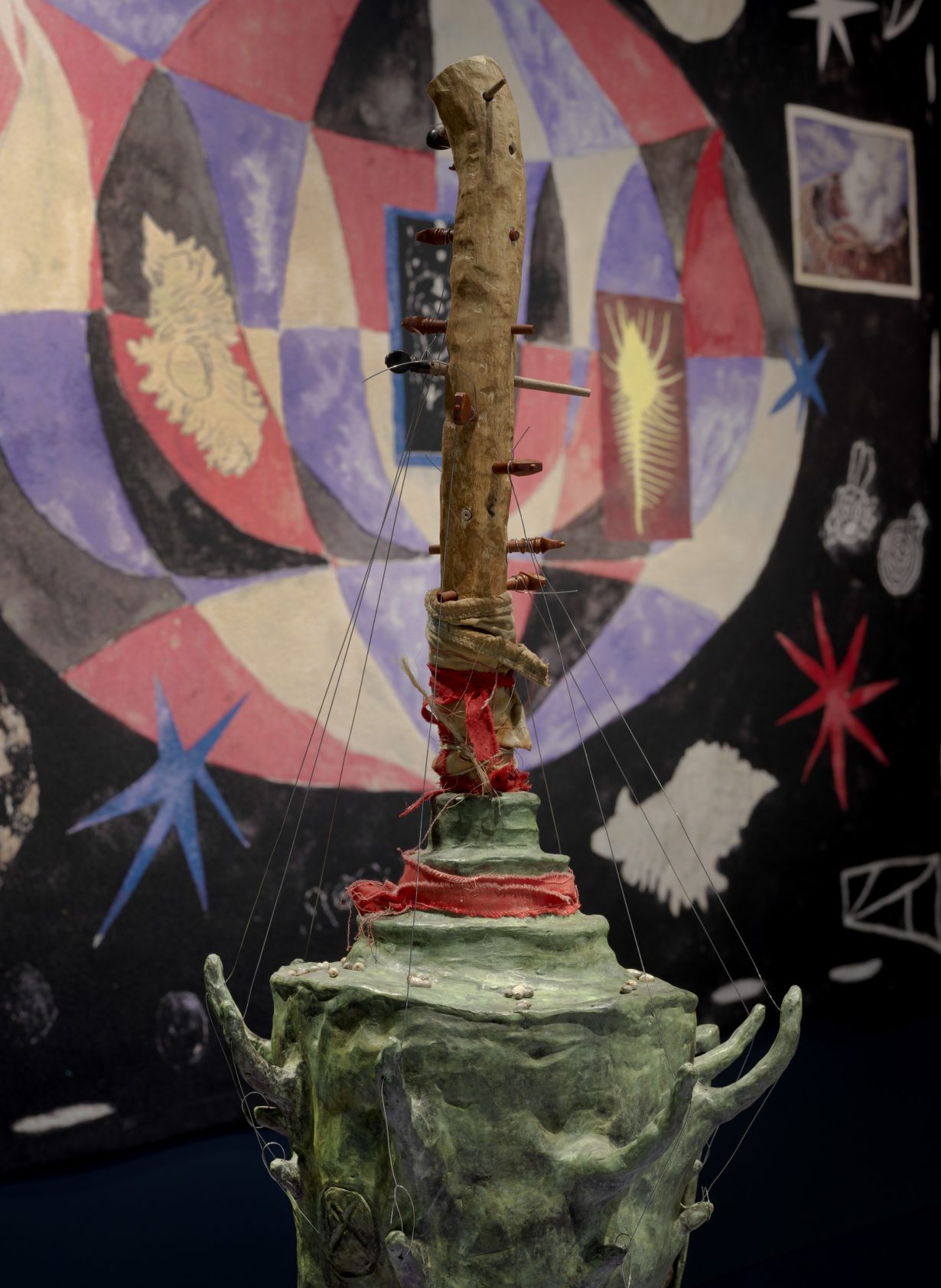
Leo Robinson: DREAM-BRIDGE-OMNIGLYPH
London Mithraeum Bloomberg SPACE, 1 February–29 June
In Leo Robinson’s intricate gatherings of materials, everything is a score waiting to be performed – piecemeal sculptural assemblages that can resemble makeshift altars or DIY instruments; obsessive, patterned watercolours and paintings; collages marked with handwritten instructions for momentary devotions. Robinson’s lean into symbology and ritual is amplified in the cavern of the Mithraeum, where the site of the Roman cult is further adorned with new relics. With imagined instruments cast in bronze and a tapestry marked with shells and small, squiggly figures that look like ancient chalk drawings, Robinson poses a different ecstatic cult arising deep in the heart of London’s financial district. Chris Fite-Wassilak
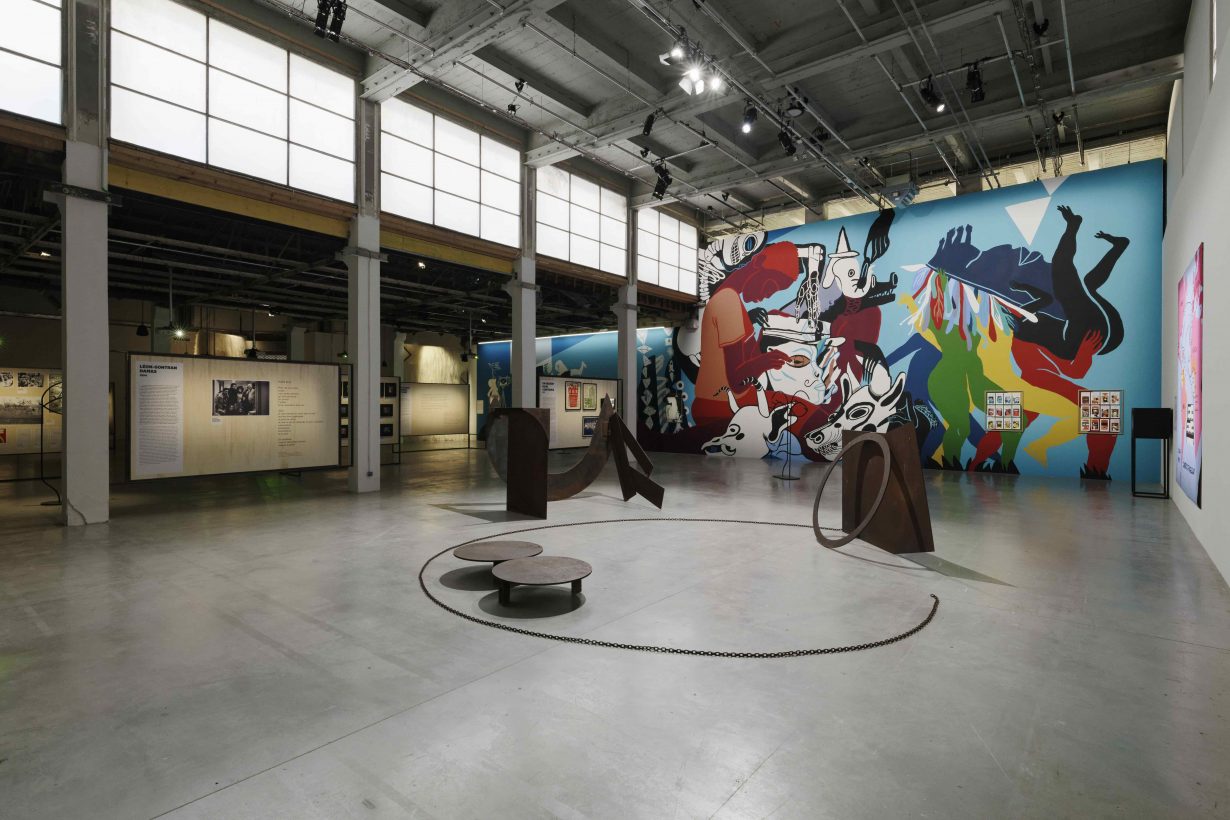
Sarah Maldoror: Tricontinental Cinema
Wexner Center for the Arts, Columbus, Ohio, 3 February–28 April
Travelling to the Wexner from Palais de Tokyo in Paris, this is the first large-scale museum exhibition dedicated to Sarah Maldoror’s work, recognising the foundational role Malodor plays in women’s cinema and African cinema. Born in France in 1929 to a French mother and a Guadeloupean father, Maldoror is best known for Sambizanga (1972) – one of the first features made in Africa by a Black woman filmmaker – which is based on a novel by José Luandino Vieira and set in Angola during the War of Independence in 1961. Malodor, who died of COVID-19 in 2020, completed dozens of films and shorts throughout her life, ranging from feature-length narrative works to short documentaries about artists, musicians and writers, including five films featuring Martinique poet Aimé Césaire. The immersive multimedia show at the Wexner is an expanded version of the Parisian install, and also includes a screening programme of the anti-colonial filmmaker’s works. Orit Gat
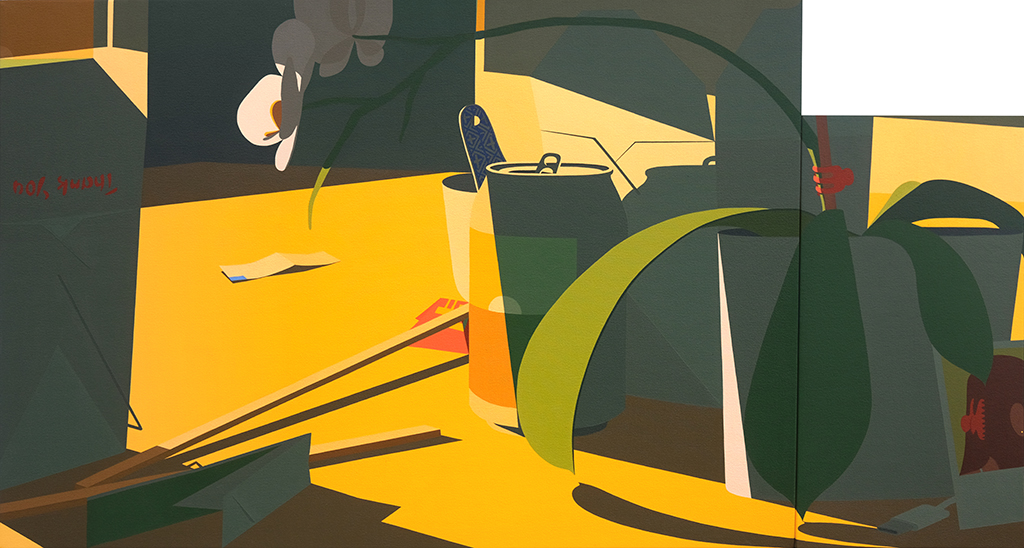
Potluck
Hashimoto Contemporary, Los Angeles, 10 February–2 March
Back for its fourth edition, Potluck is a group exhibition with artists bringing their proverbial dishes to the proverbial table. Adrian Kay Wong’s geometric canvas offers a beautifully simple meditation on light and takeaways; Emily Au’s Bacon Vessel 08 (2023) sees porcelain realistically rendered as a raw bacon receptacle; Nicholas Bono Kennedy’s paints a crowded prepping station (complete with a lurking cat in the background); Sara Suppan’s Dusty (2023), a painting of a snacker’s cheese puff–covered fingers, makes me want to recommend eating those with chopsticks to avoid the mess; and Cha Yuree’s ethereal Green Giant (2024), depicts an abstract woman surrounded by green peas. Food themed, deliciously fun, certainly donut miss. Marv Recinto
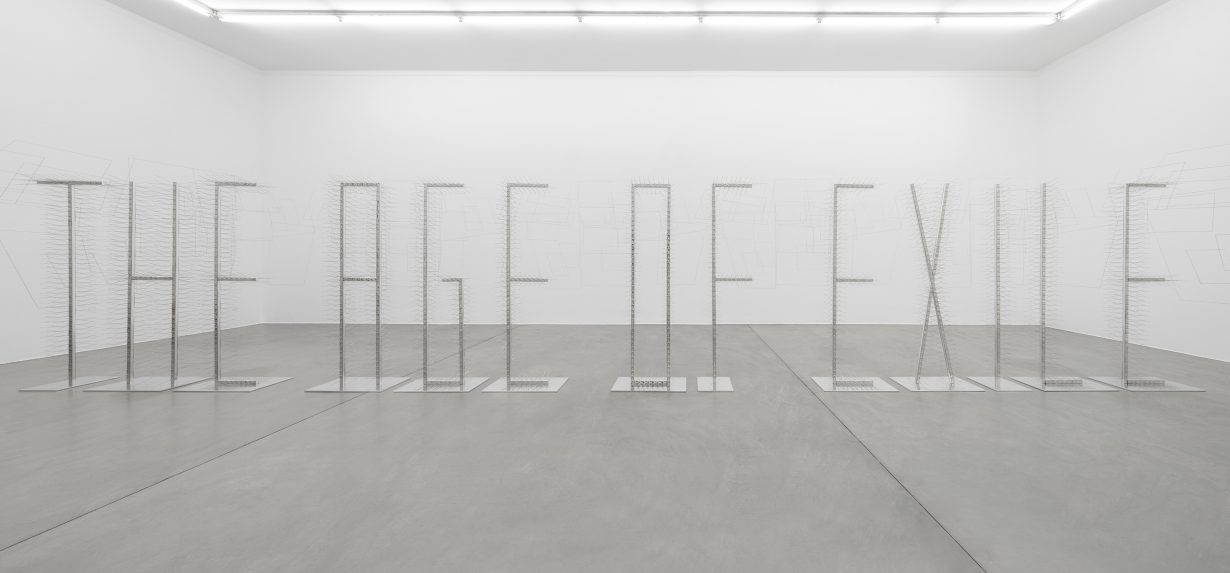
Carla Zaccagnini and Runo Lagomarsino: It’s the way home that moves us away and O caminho de casa que nos afasta
Mendes Wood DM, São Paulo, 8 February–16 March
Vermelho, São Paulo, 6 February–16 March
Spread across galleries Mendes Wood DM and Vermelho, this two-person show by artists Runo Lagomarsino and Carla Zaccagnini (the Swede and Brazilian are a couple) surveys over 20 years of their individual practices, much of it first shown in Brazil. They have come together for a romantic exercise in finding how much of their individual thoughts and influences have become the other’s. ‘Over the years of living together, we became infected with expressions and gestures as if they were symptoms. We read or think we have read the same books, we reconstruct or reinvent each film with poorly kept scenes scattered throughout our memories,’ they explain. At the centre of the show, in which ideas around language and semiotics, migration and representation (in their broadest sense) percolate, are two drawings of rain, the first made in Sweden in 1997, and the second in 2005 in Cuba, a few months after they met. Oliver Basciano
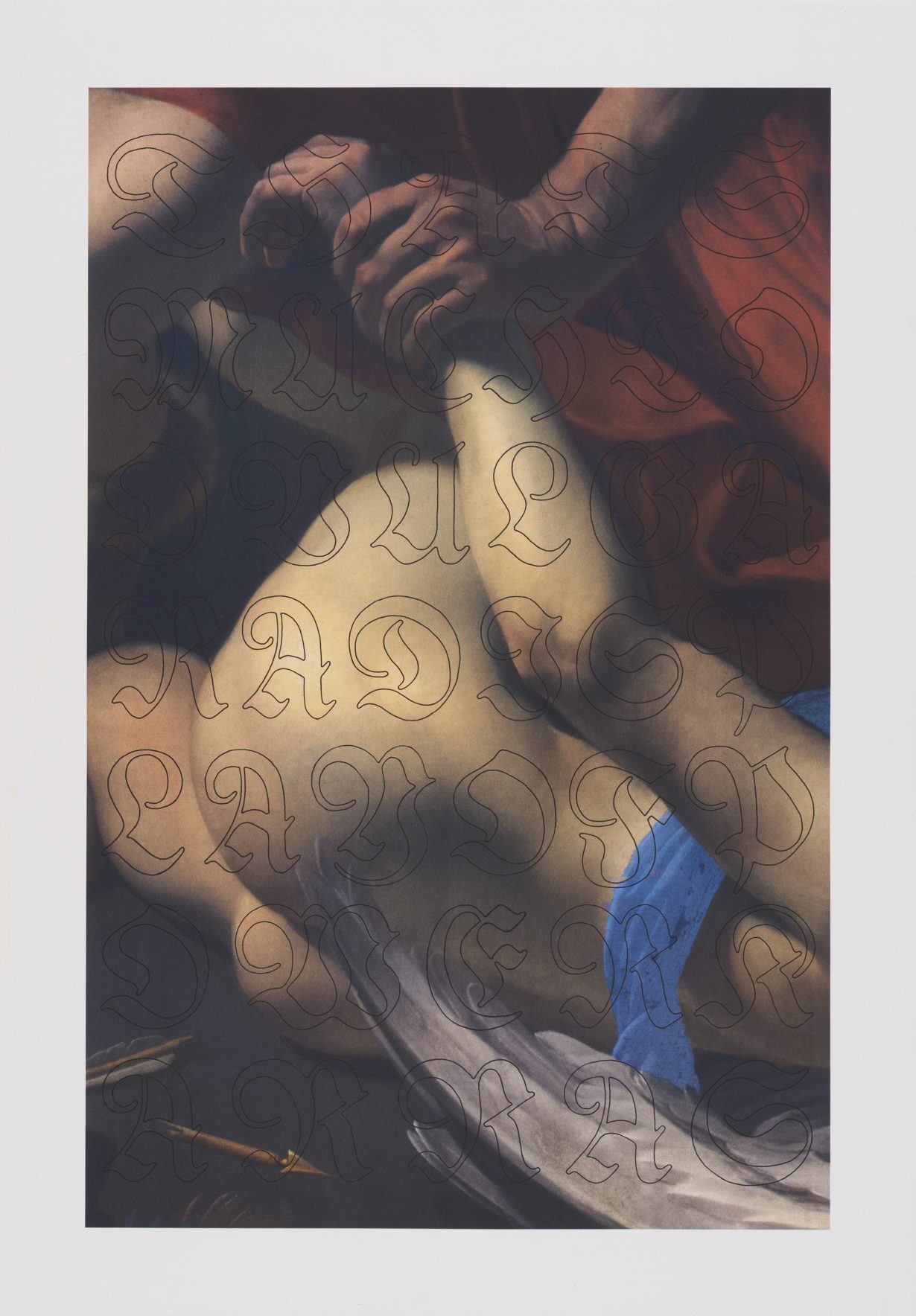
Danh Vo
Take Ninagawa, Tokyo, 17 February–27 April
Danh Vo’s works are concerned with the flows of materials and the political structures they navigate between. After buying and exhibiting a chandelier from Paris’s Hotel Majestic where the 1973 Paris Peace Accords – which brought an end to the Vietnam War – were signed, as well as items owned by US Defense Secretary Robert McNamara, his recent acquisitions include plants and fungi that embody similar histories. For his Rotunda commission at the Bourse de Commerce in Paris last year, he procured pieces of wood from sustainable forests owned by Craig McNamara – son of Robert – and trunks of oak trees selected with assistance from the French National Forest Department. At the Toyota Municipal Museum of Art in Aichi (running concurrently with Vo’s Take Ninagawa solo) his installation untitled (2023) displays photographs of cut flowers owned by a family of German-Vietnamese florists (the photographs are framed in black walnut wood gifted by Craig), alongside which are handwritten the flowers’ respective latin names designated by Carl Linnaeus’s binomial system. Here, nature is presented as materials with institutional affiliations and journeys through history. At Take Ninagawa, Vo will be showing new work presented for the first time, which combine lithograph images with calligraphy made by his father, Phung Vo, which quotes lines from Regan, the demonically possessed child from the American supernatural horror film, The Exorcist (1973). Yuwen Jiang
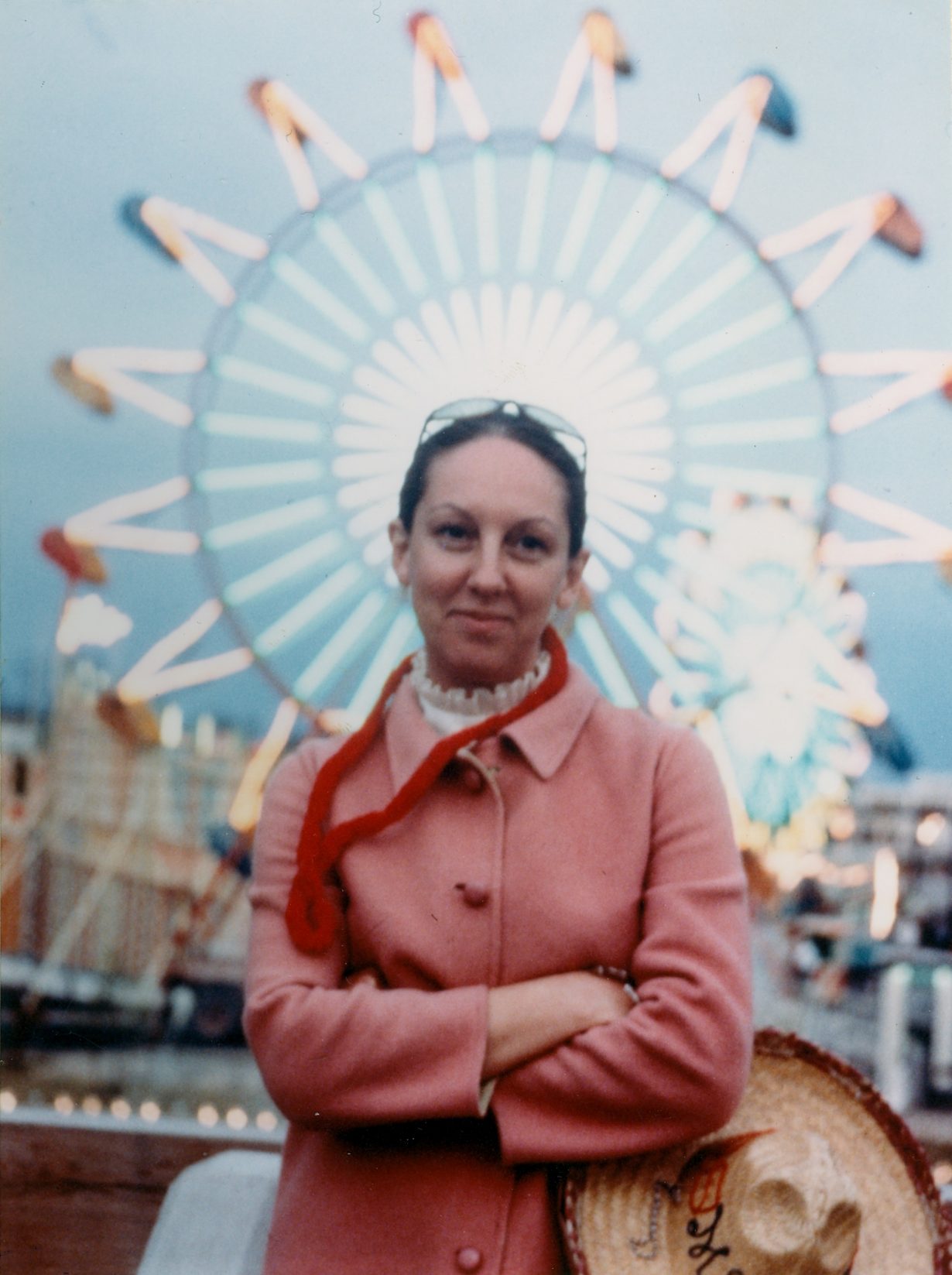
Carla Lonzi: Self- portrait of a Generation
Tornabuoni Art, Paris, 7 February–April
The Italian critic Carla Lonzi forged her career during the 1960s, in an art (and art criticism) scene made up mostly of men. By 1969 she had abandoned criticism to form the feminist activist group Rivolta Femminile in 1970, part of the wave of women’s liberation sweeping Europe and America. Her ‘farewell’ to criticism took the form of the 1969 publication Autoritratto (‘Self-Portrait’), a genre-busting reworking of the form of the artists’ interview, sourced from the many tape-recorded conversations she had conducted in the years prior. Its 14 subjects are some of the key artists of the time – including Lucio Fontana, Jannis Kounellis and Pino Pascali – all of them men, with the exception of artist and fellow Rivolta founder Carla Accardi. Splicing and merging the various conversations so that Lonzi and the artists appear all to be sharing the same ongoing conversation, Autoritratto was a reflection on artmaking, the artworld, politics and the conflicted role of the critic; often empathic and convivial (in Lonzi’s case the product of her close friendships with the artists she interviewed), at other times the agent of the artworld’s exclusivity and hierarchy. It was that oppressive authority of the critic that Lonzi, in scrambling the interview genre, sought to dismantle – after which, as a critic, she finally ceased to be. Tornabuoni’s homage to Lonzi brings together works by the 14 artists, assembling these around correspondence and archival documents, and excerpts from the artists’ conversations; an act of remembering, ironically, a critic’s role in shaping the understanding of artworks, just at the moment when she chose to step away. J.J. Charlesworth
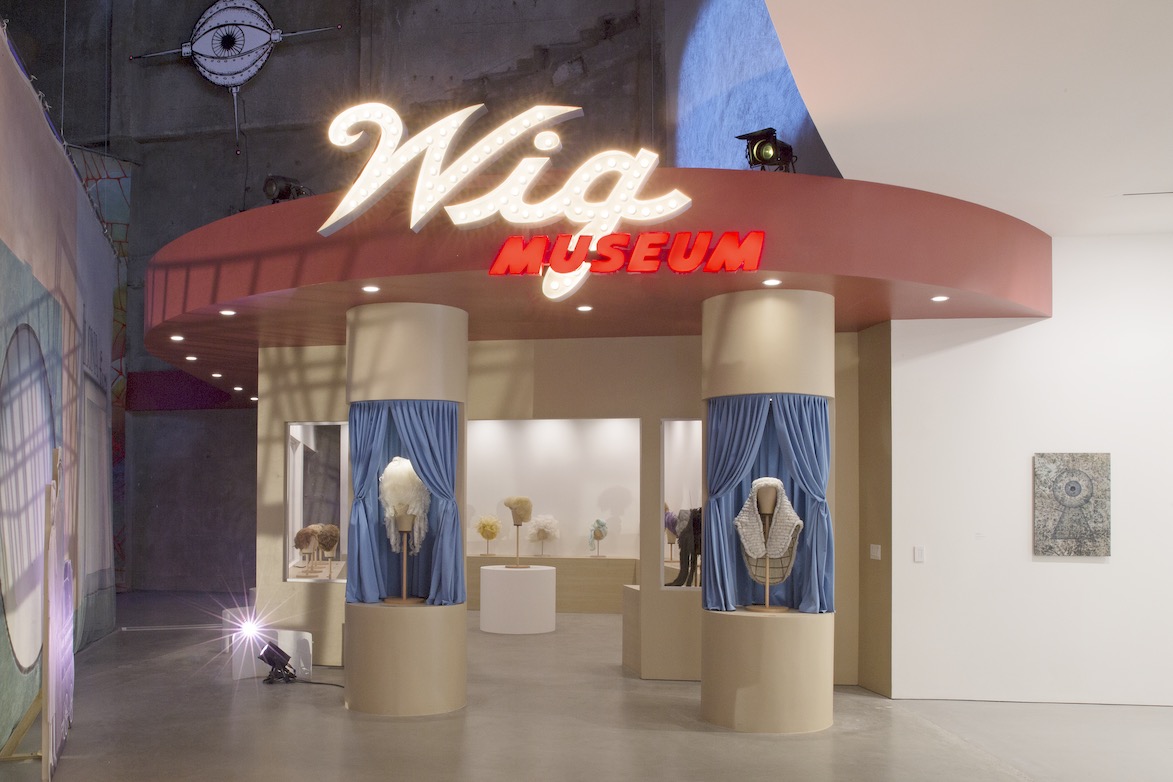
Jim Shaw: The Ties That Bind
M HKA, Museum of Contemporary Art Antwerp, 9 February–19 May
Presenting new works alongside a selection of older pieces, including paintings, drawings, sculptures and installations that draw on comics, pop culture and politics, this exhibition is the American artist’s first major museum show in Europe in over a decade. Shaw, the exhibition materials state, ‘not only mirrored the shifts in the American cultural and political landscape but also seems to anticipate them’. He also adds humour and wit to that. In the installation The Wig Museum (2017) he emulates a museum within the museum, where a collection of wigs worn by historical figures, from French aristocrats to British judges alongside a troll-like purple wig, pokes fun at the power of the museum displays almost as much as it mocks the image of power and position such wigs would have represented. Shaw, who went to art school with Mike Kelley and formed a rock band with him (Destroy All Monsters), never loses the kicking, punk aesthetics, from his earliest comic book–inspired drawings to larger installations. The exhibition at M HKA also includes a new large-scale audio-visual production called The Electronic Monster and Thirteen Ghosts (2024). Orit Gat
